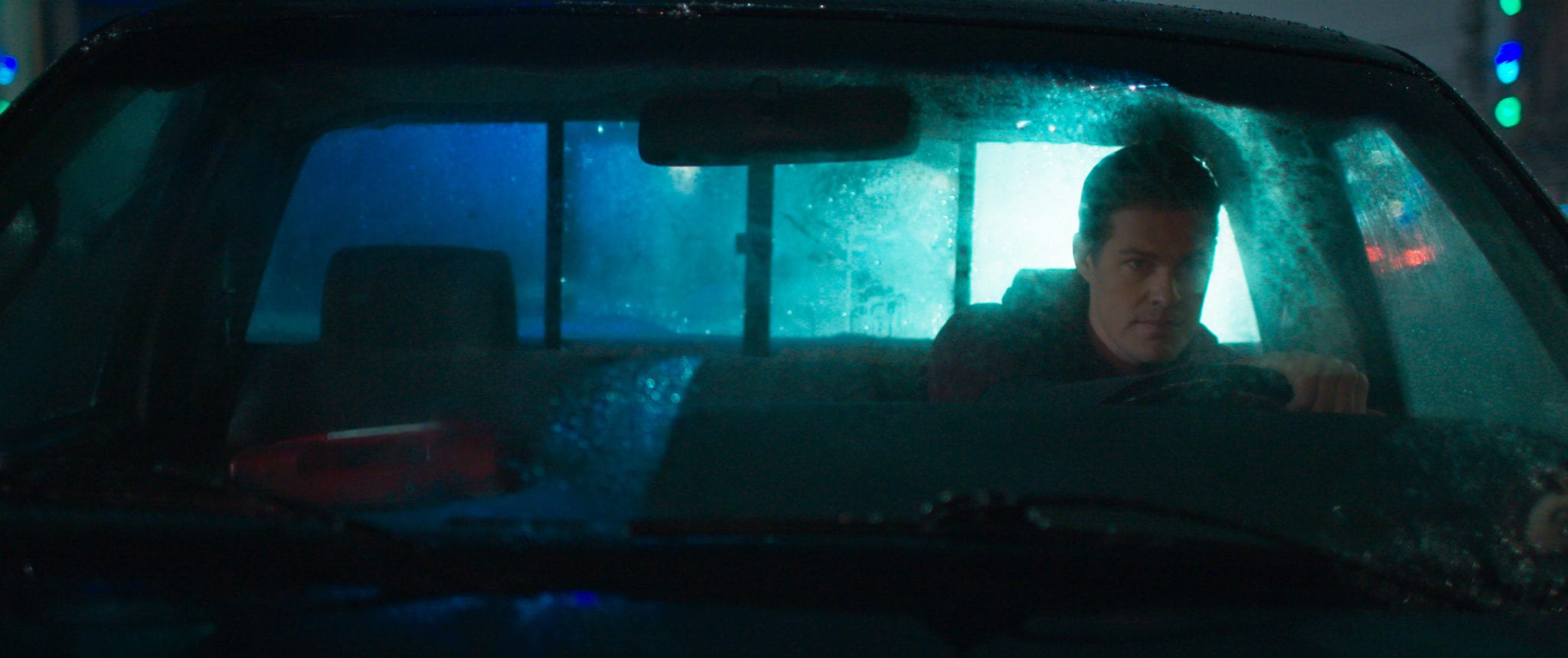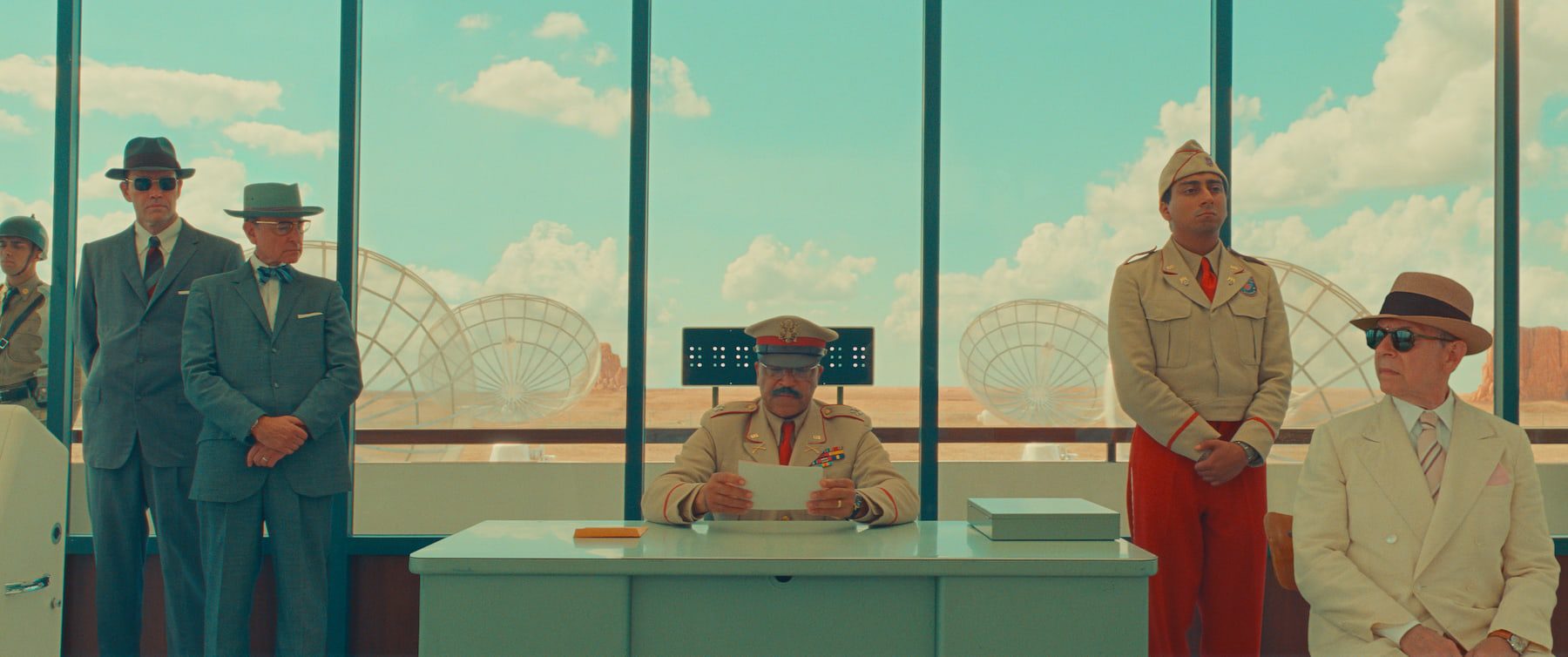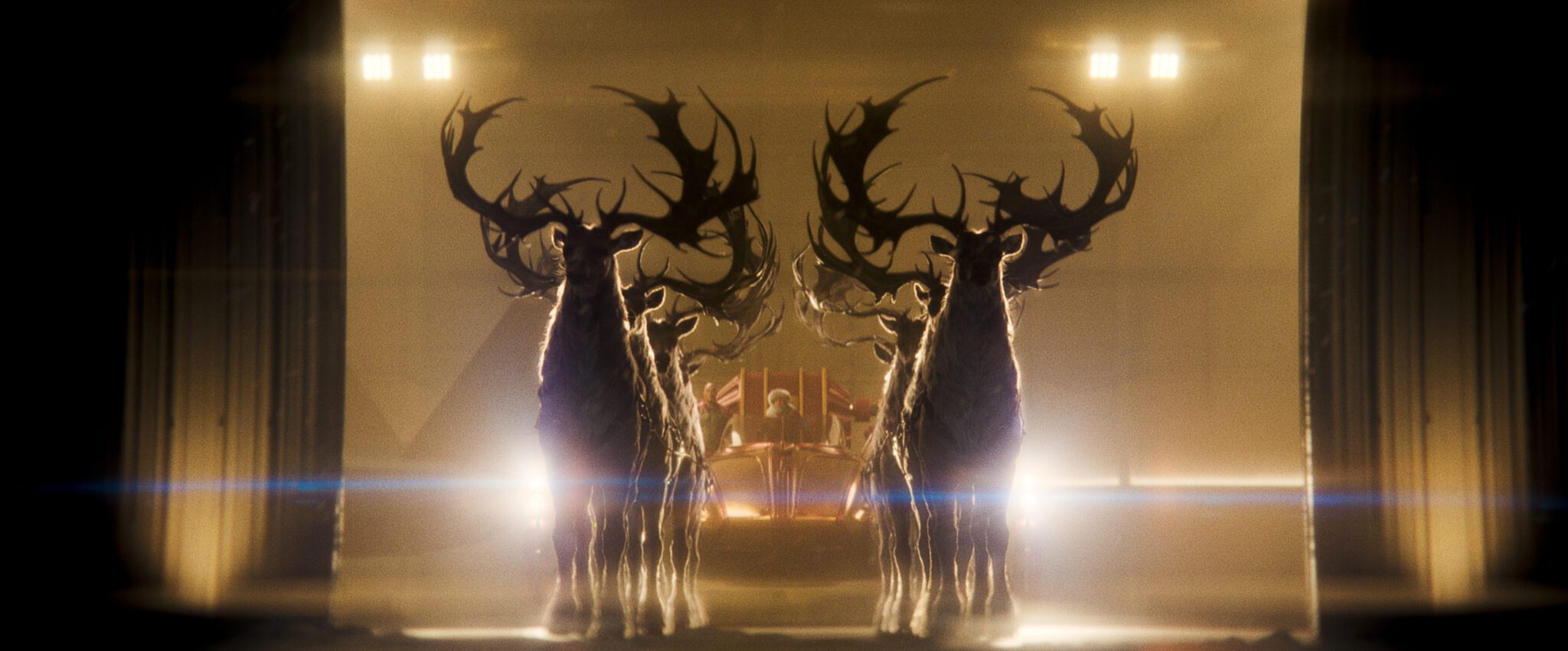ScreamFish Rule for Living #144: Never Open the Box.
From myth to movie; from Pandora to Rand Peltzer (and we won’t even talk about Detective David Mills–ouch), bungling with boxes always ends badly.
And if you don’t believe me, just go and ask Frank Cotton. He succumbs to the temptation to toy with a box in this week’s feature, Hellraiser, and loses a lot more than just the skin off his nose.
With less turns than a runway model, Frank solves a puzzle box that literally unleashes hell on earth. But your humble narrator has the tough job: he’s got to find a little piece of Heaven in the middle of it all. Can it be done? Stick around to see. It will take some thinking outside of the box, for sure.
Hell.
Since the Middle Ages, the very mention of the word has stirred a common image?of fire and brimstone. Due, in large part, to Dante’s vision (and the broad palette of artists who attempted to depict it), the common conception of infinite damnation has been a smorgasbord of flame-broiled torments with n’ere a hint of central air in sight.
In the fall of 1987, horror scribe Clive Barker brought his interpretation of that damnable forever to the silver screen with his first feature film, Hellraiser. And suddenly, an eternity of thousand-degree burns didn?t seem quite so bad.
Based upon his novella, The Hellbound Heart, Barker?s hell-dimension (as it is never really referred to as Hell proper) is decidedly bereft of flame. Instead, there is no spark?no light?at all. If not for the efforts of the cinematographer and lighting team, it would be tough to even see the fun that awaits the damned. The sparsity is only punctuated by one anatomically-inverted globular gatekeeper and a series of chain-wrapped spinning columns, spackled in human flesh.
And then there are the Cenobites.
Led by the aptly named Pinhead (Doug Bradley)–a pasty demonic priest with a noggin that looks like OSHA?s scariest training video–the Cenobites are Hell?s numero uno bounty hunters.
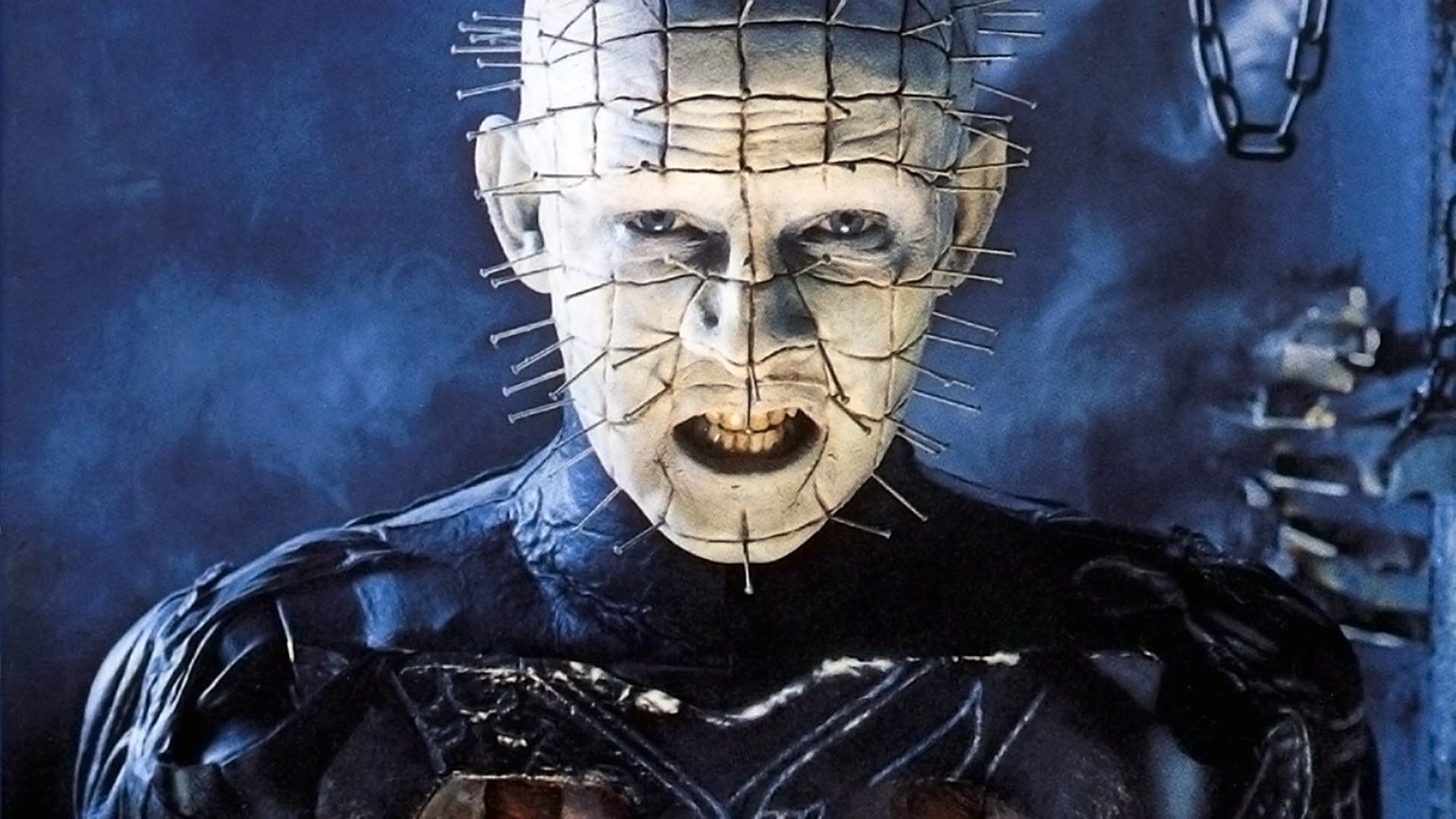
World-hopping womanizer Frank Cotton (Sean Chapman) inadvertently summons Pinhead and his buddies when he solves a Chinese puzzle box he purchased from a shady peddler. Believing the box to be the key to a dimension of unlimited sensual pleasures, pretty boy Frank gets a rude awakening. When he opens the box, the aforementioned hook-chains burst out of it, and rip Frank?s skin from his body. A black-cloaked figure (later revealed as Pinhead) then picks up the box, and clicks it back?Rubik?s Cube-like?to its original shape. Immediately, the carnage in the room disappears.
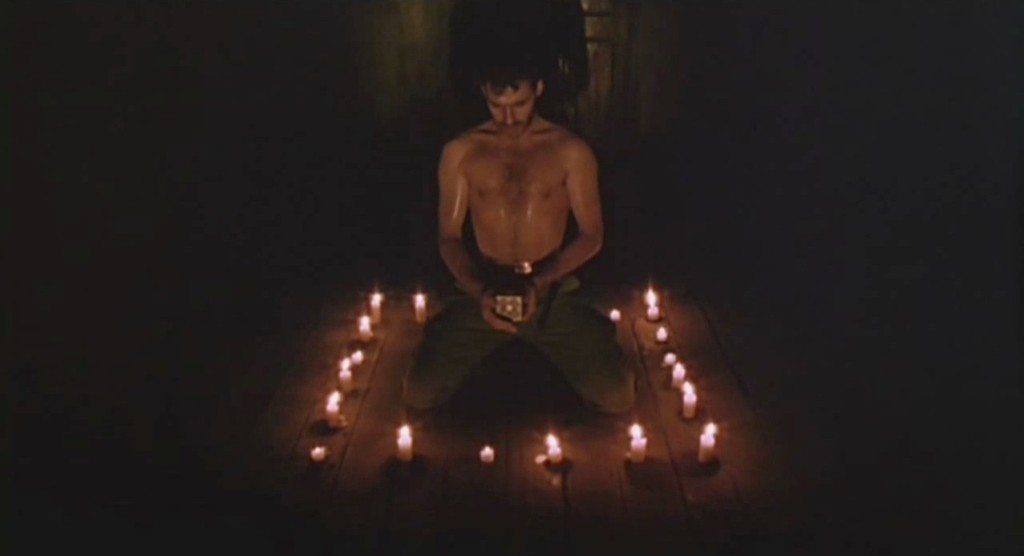
Frank?s brother, Larry (Andrew Robinson), decides to move back to the family home in the hopes of bettering his marriage to his second wife, Julia (Clare Higgins), and restoring his relationship with his college-age daughter, Kirsty (Ashley Laurence), who has moved in with a friend in order to avoid interaction with Julia. When Larry and Julia arrive at the old homeplace, they find a scattered collection of religious artifacts the Frank has left behind. Frank, of course, is nowhere to be found, but Larry believes his brother is still alive and on the run from the cops. Unbeknownst to Larry, Julia and Frank have enjoyed a torrid affair behind his back.
During the move-in, Larry cuts his hand. He calls out to Julia for help, finding her in the room where Frank died. When Larry?s blood drips onto the floor, it resurrects a skinless Frank (not unlike a Nathan?s hot dog) who bides his time, and shows up when Julia returns to the room alone. He tells her that he was able to escape hell and that by consuming blood, he can be made whole again on the mortal plane. He convinces her to lure men to the house that she later murders, and promises her that they can run away for good once he is fully restored. Little by little, the victims? blood helps to stitch Frank back together.
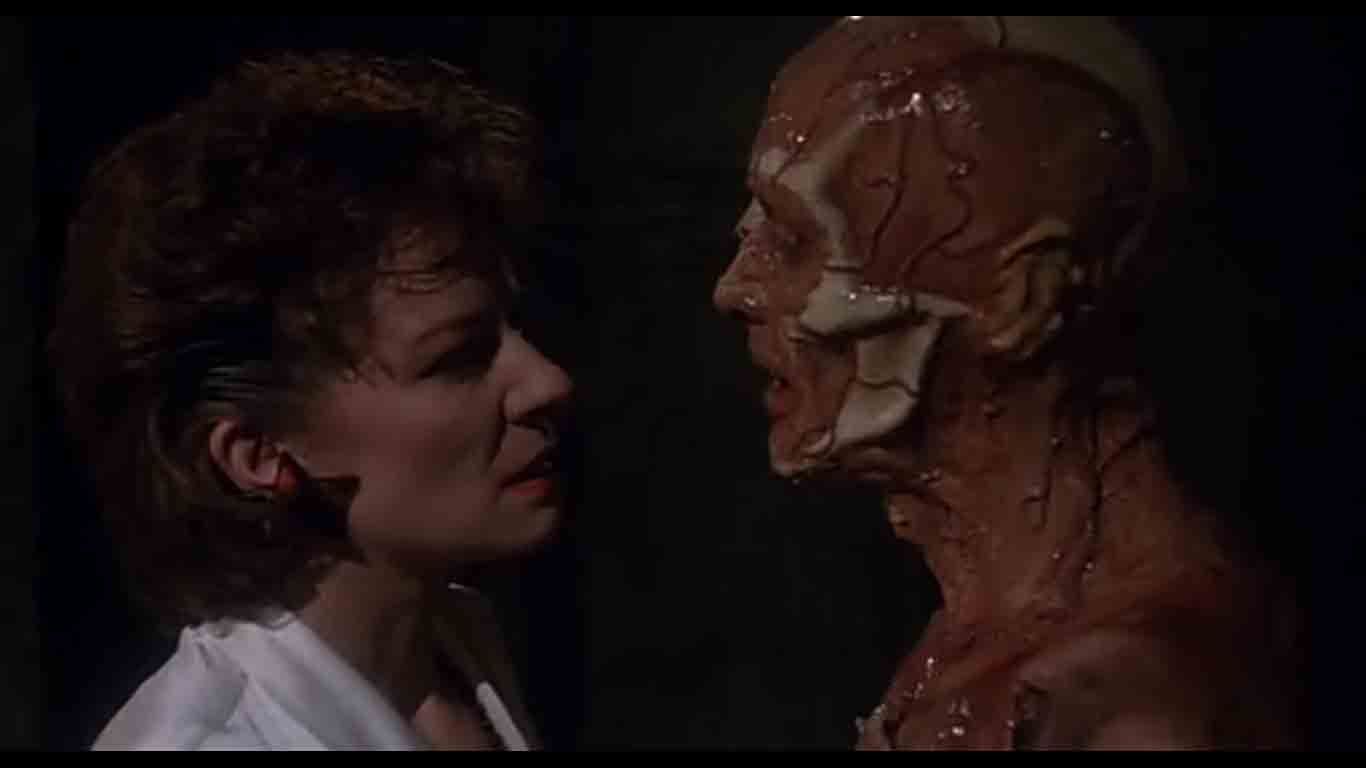
Kirsty suspects Julia is having an affair, but gets a bigger surprise when a re-composing Frank attacks. During the skirmish, Kirsty ends up with the box and eventually solves it. When the Cenobites show up, Kirsty tells them that she knows where they can find fugitive Frank and they spare her in order to pursue the bigger bait. But once they bring down some hellish justice on Frank (after he kills not only Larry but Julia, too?don?t ask), Kirsty turns the tables, resetting the box, and sends Pinhead and company back to hell.
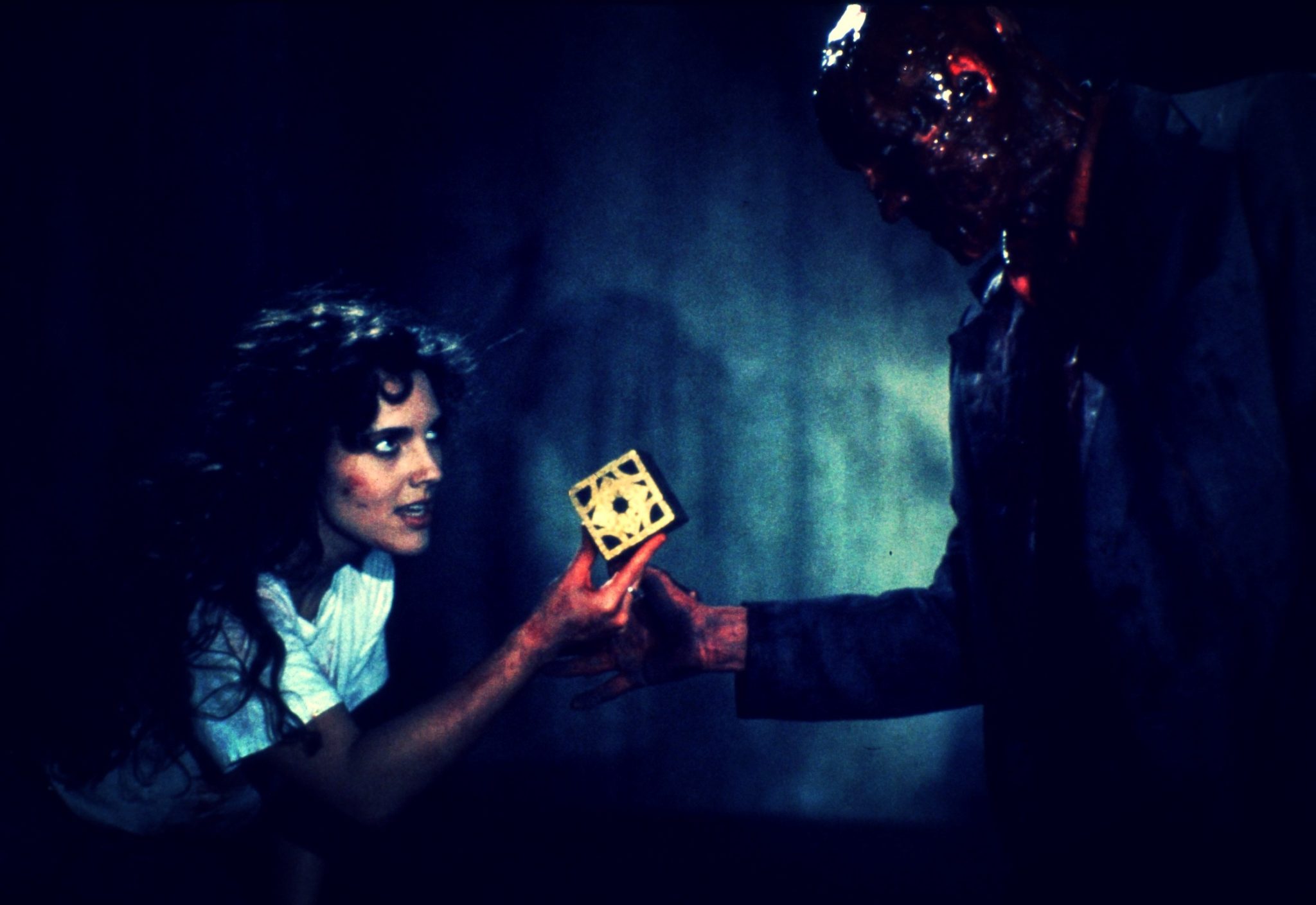
There?s no question that Pinhead is the star of Hellraiser, despite the fact that he has much less screen time than his costars. He became the iconic poster boy for the nine-film series (Literally; he is the only figure to grace all of the series? posters save one, and he?s still the focal point of that one, too). But the real story of the first film is not about Pinhead; it?s about Frank.
Frank?s story is one, not of redemption, but of destruction. And despite the gory creepiness, it is truly a sad allegory about the dangers of a life lived apart from God. Frank has been around the world; he’s seen and tasted all it has had to offer but he still wants more. He continues to feel unfulfilled, but instead of trying to find a better way out, he keeps spiraling further down into the depths of his own private hell.
In Mark 10: 17-27, Jesus is confronted by a wealthy young man demanding to know what he must do to achieve eternal life. When the man says he has fulfilled all the Commandments, Jesus tells him that the secret then, is to give away all he has to the poor. King James tells us that the young man ?was sad at that saying, and went away grieved: for he had great possessions.? (Matthew 10: 22) While Frank isn?t looking for eternal life (at least not that he is aware of it), he struggles to fill an insatiable?void inside himself. But much like the rich young ruler, he?s unwilling to give up the lifestyle he has become so accustomed to in order to achieve wholeness.
The religious paraphernalia Frank leaves behind in the house indicates that he may have been seeking a higher power, but it is a deathbed confessional defense system. Apparently, Frank didn?t have enough faith in those creations or the Creator to do battle with Pinhead?s cronies. As a stranger in his house, you?d think he was a believer, but Jesus had something to say about that, too.
In Matthew 7: 21-23, Jesus said, ?Not everyone who says to me, ?Lord, Lord,? will enter the kingdom of heaven, but only the one who does the will of my Father who is in heaven. Many will say to me on that day, ?Lord, Lord, did we not prophesy in your name and in your name drive out demons and in your name perform many miracles?? Then I will tell them plainly, ?I never knew you. Away from me, you evildoers!?
Little by little, Frank withers away, becoming a new creation, but not a holy one. Even in death, he is tormented into an unrecognizable monster, devolving further and further away from the beautiful creation he?d once been. And because of his intentional rejection of the straight and narrow, his damnation is unending.
There?s no real happy ending in Hellraiser, nor are there any real heroes or winners per se. But despite the fictitious demons that couldn?t possibly show up in our reality (they couldn?t right?), Hellraiser is a blatantly honest, FX-laden altar call: our actions have consequences, and unless we turn from our wicked ways, we are in for one hell of an eternity.
DVDReviewsScreamFish

